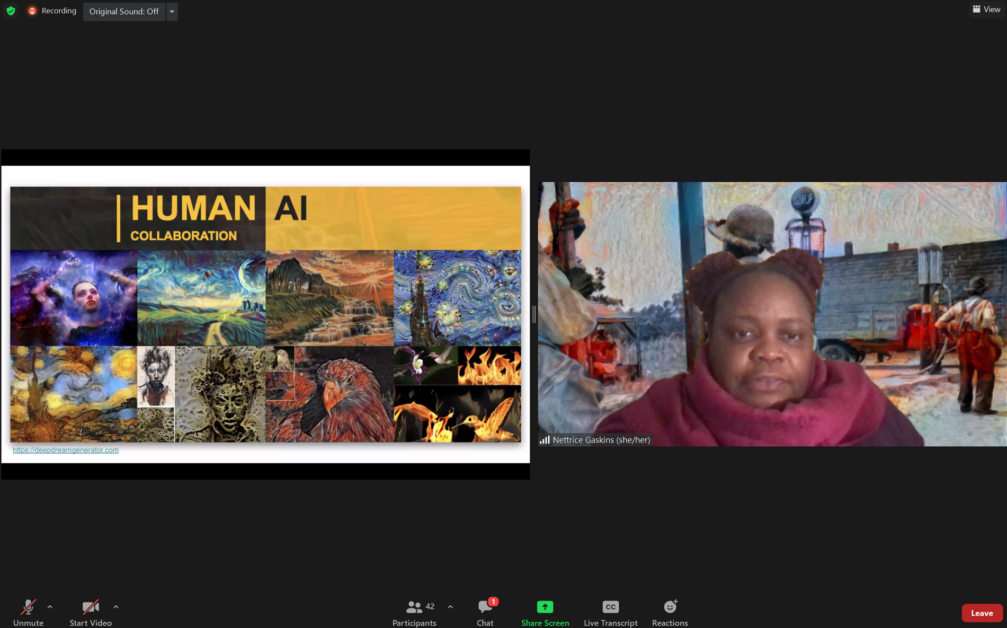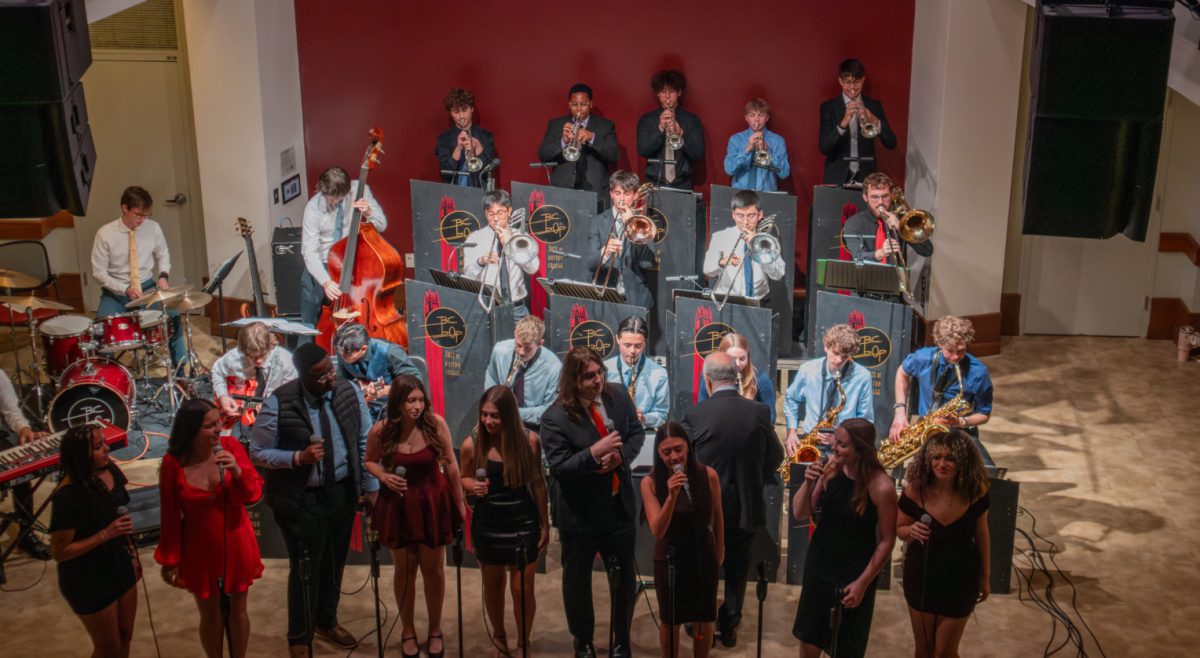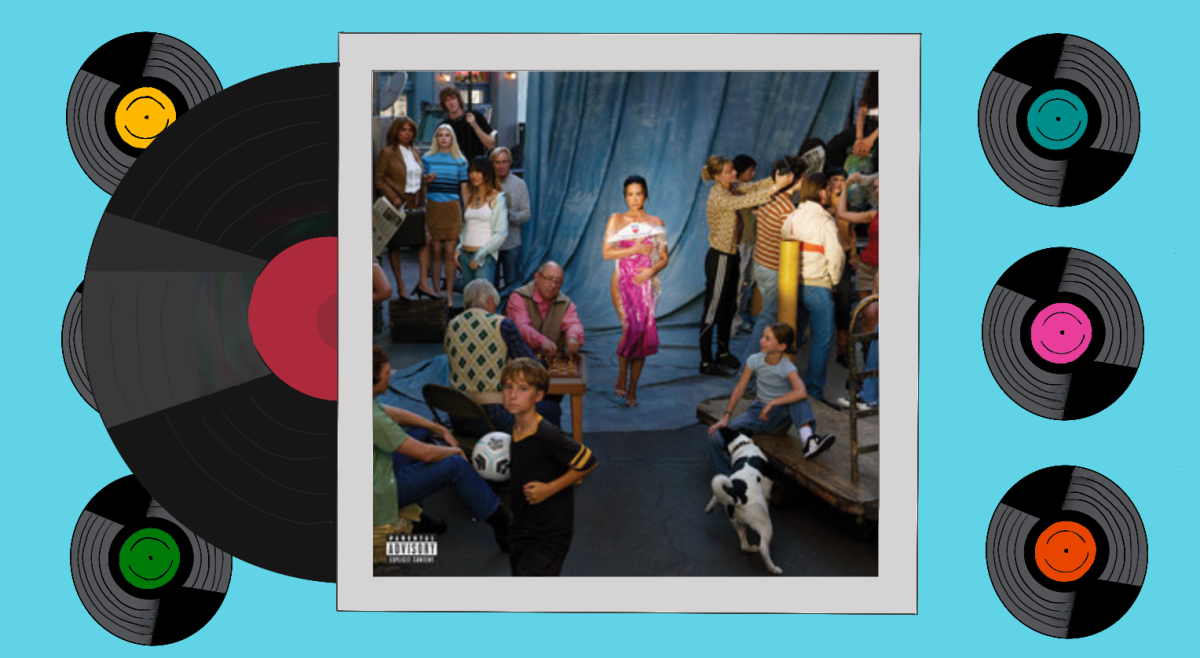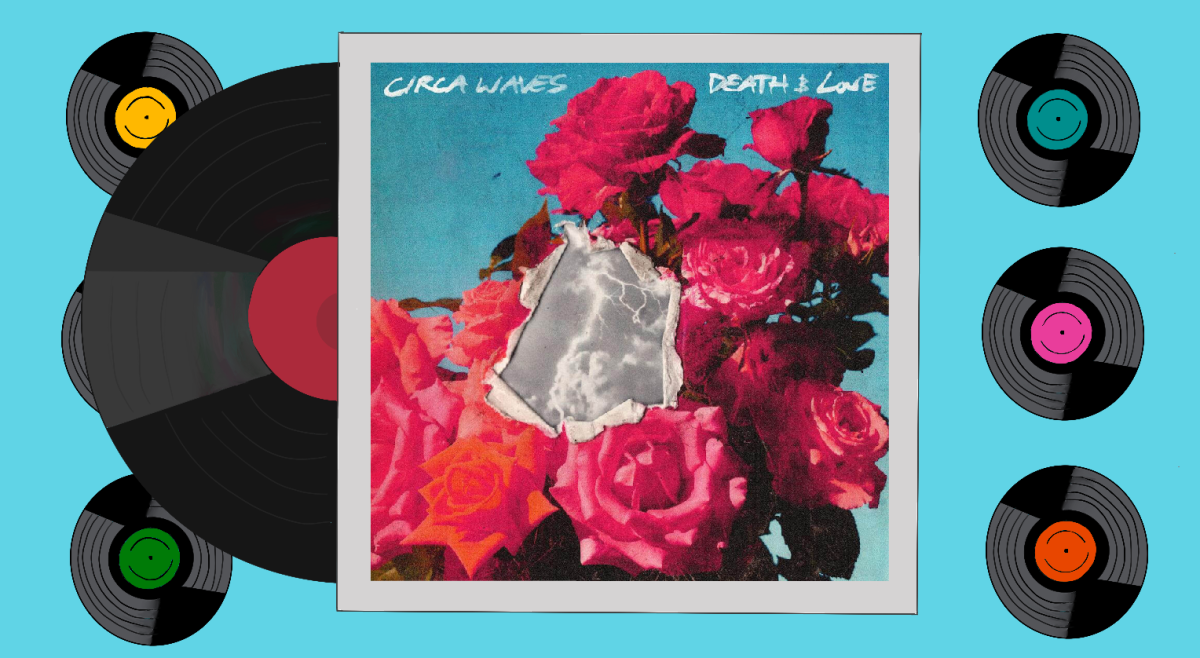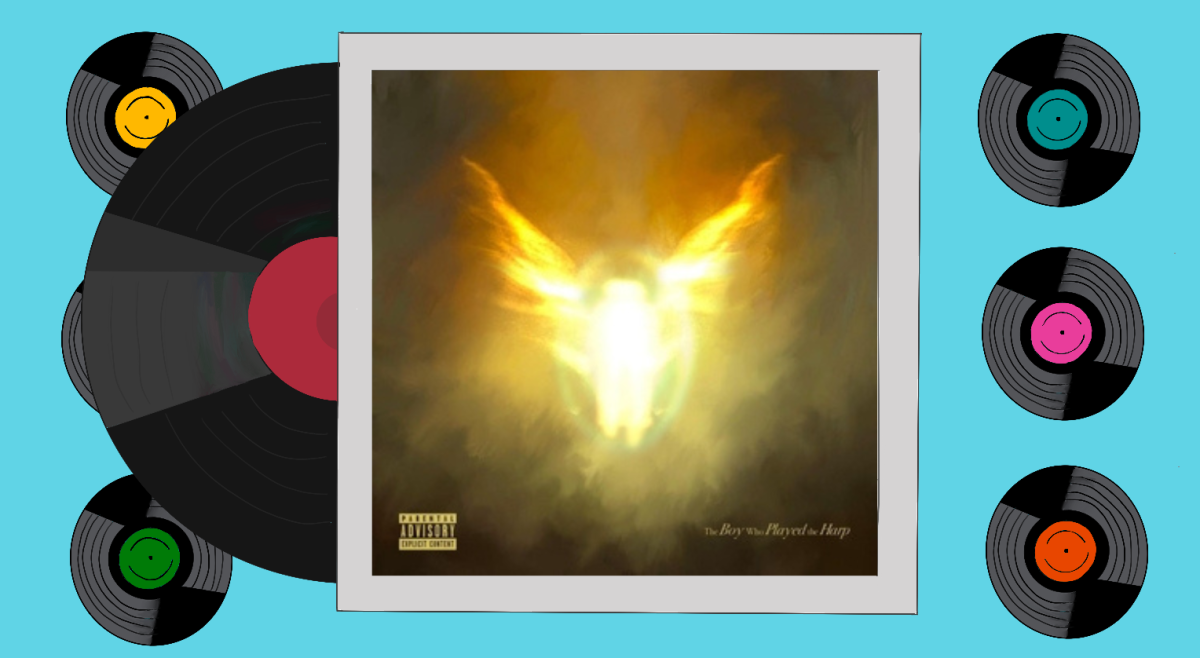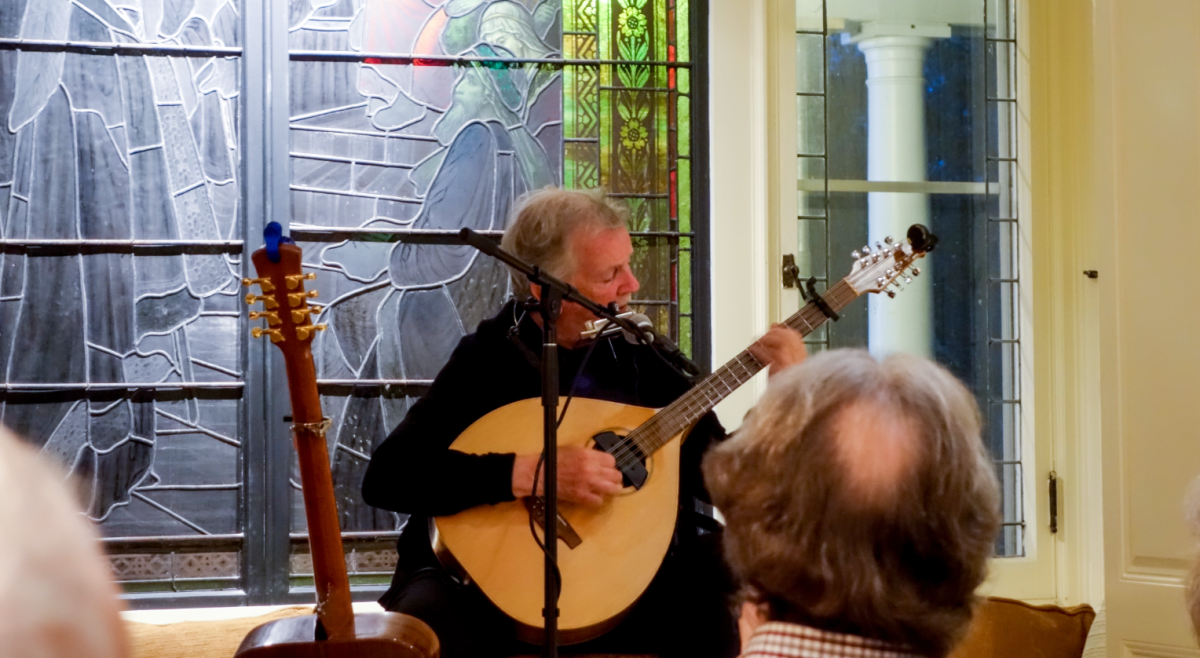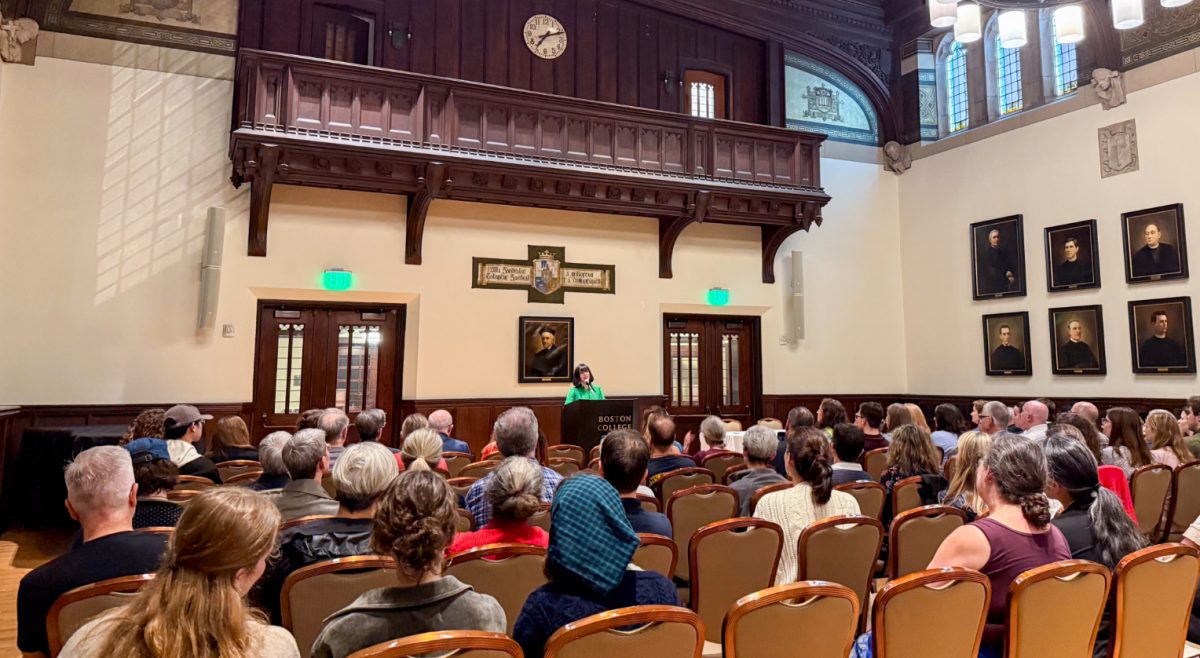Presenting a digital self-portrait that blended images of nature and vibrant colors, Nettrice Gaskins—who teaches, writes, and makes art using algorithms and machine learning—spoke virtually on her work and creative process, followed by an interactive Q&A session surrounding her perception of art in the digital age.
On Wednesday, Gaskins was the second speaker of the academic year for the Currents Presents series, co-sponsored by the art, art history, and film department at Boston College. She was introduced by professors Greer Muldowney and Jane Cassidy.
“[Gaskins] explores techno vernacular creativity and Afrofuturism,” Cassidy said. “And she’ll talk to us a lot more about how it refers to innovations produced by ethnic groups that are often overlooked.”
Following her introduction, Gaskins described her creative process, starting with her first introduction to digital creation: her high school computer graphics class in 1987. She was interested in symbols, culture, and poetry, and the digital landscape allowed her to build her simulation—and it bred her innovation.
“It allowed me to do things that I cannot do and most people cannot do,” Gaskins said.
But in a virtual space, it became possible for Gaskin to bend artistic rules.
From there, Gaskins moved toward working with artificial intelligence (AI). Next month, her work will be on display at the Smithsonian. The exhibit will feature 11 of her works, which consist of portraits of futurists and were created using AI technology. Among these works is a self-portrait—a piece that shows Gaskins surrounded by multicolored digital tiles and wearing a colorful scarf. She said her inspiration comes from an algorithm that repeats circle patterns.
“You create the basic motif as a circle,” Gaskins said. “And you repeat copies of the motif around a hyperbolic plane.”
Gaskins said this spurred her toward the techno-vernacular, as the circle motif allowed her to connect with artifacts tied to her heritage—medicine wheels, coulombs, and cosmic grams. All these things are algorithmic, which allow for computational work. The Afrofuturism algorithm is about deep learning, which is a subset of AI, according to Gaskins
Gaskins also deals with biomimicry. For her artwork, she works with objects in nature—like a hummingbird dipping its beak into a flower and scenes of rivers and forests—which inspire her pieces. From there, she comes in with AI to redesign these images.
Following her presentation, Muldowney and Cassidy opened the floor for questions. One of the questions posed to Gaskins asked her about her view on what constitutes art and whether that idea has changed since she started working with technology.
“There’s, you know, an idea and a way to express that idea using different media,” Gaskins said. “That’s basically what art is—people expressing themselves using mediums [and] different media.”
Gaskins said she believes art isn’t static, rather that it is always evolving. The idea of art has simply gotten bigger, broader, and more encompassing of a variety of different media since the introduction of technology, she said. For Gaskins, digital art is a new language and aesthetic, but the desire of expression through art has remained the same.
“We’re talking about the viewer … who’s having a feeling or an emotion or some kind of response based on what they’ve seen on screen,” Gaskins said. “I’m making specific choices in terms of color and texture and all these things, but the output has a look that isn’t able to really be produced any other way than with the AI way that I produced it.”
Screenshot by Meadow Vrtis

